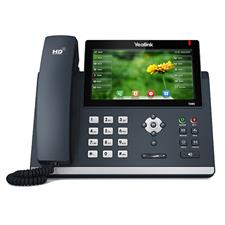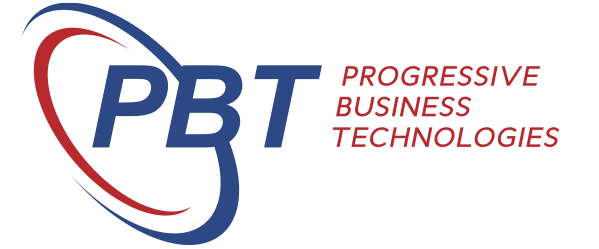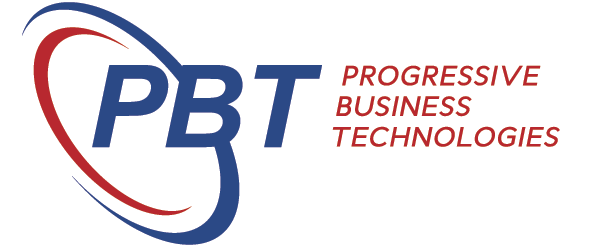
As many of you know we run about 25 staff, with offices around
Australia.
While we have never been a telco type company, we have had enough exposure to keep up with the latest trends and watched some of our clients make strategic moves into new technologies and others into fixed term contracts on old technologies.
Here’s our journey, and what we found when making a change.
Until about 18 months ago, we were locked in to a traditional Telco and we utilised ISDN services in our offices. We had some ‘special between office call deal’ (I’m sure was not so special). I used to cringe at the phone bill.
VOIP hadn’t really seemed like a reliable option as we only had ADSL internet lines at that time.
Then NBN became available in our area, and we had 2 services
connected. This opened our opportunities as bandwidth was no longer a problem
and we started researching Cloud PABX providers.
Essentially instead of having a phone system installed on premise, it’s just a piece of software (like a website) running in a data center.
You buy your own SIP phones (which work just the same as office phones). You plug them into your network cable with a splitter, add some settings, and then through the providers website you configure how you want the phones to work.
It sounds hard, but it’s not too difficult and our provider was great in providing assistance.
My mindset was that while I understood the business grade services offered by major Telco’s and their supposed reliability, they came very overpriced. I was prepared to have a few issues a year (more on that later) for what was huge savings and more independence and functionality in our phone system. All traditional phones services are moving to the NBN anyway, so why not try it.
We reviewed many different vendors and decided to sign up for 2 lines with a provider to test. We got two phones and started testing between our Adelaide & Brisbane offices.
Our tests proved positive, good call quality, reliable, so we made the plunge. We moved to a plan that cost $149 a month + another $30 for some 1300 numbers with our call costs on top. (Once again call costs between us were free)
Phone numbers are allocated with the lines, but these really
don’t matter, as you can easily port existing phone numbers, 1300 and 1800
numbers across and define their answering points. In fact, you can have
everything in place, and then simply switch your main number to your new phones.
They just start ringing with no downtime.
Another benefit is that the phones can be used anywhere there is an internet connection, so staff can use them from home. They are all still part of the corporate network and calls can be transferred as if they were next door in their office.
In terms of downtime, we have had 3 outages over 18 months. If you lose your NBN connection, you won’t have phones. But given we have more than one office, the system continues to work in the other offices, and you can also have a backup NBN service installed just in case.
And while we are talking phones “Is that hardware fund too good to be true”?
You might have been offered by your mobile phone or fixed line provider a hardware fund. Essentially you commit to a contract term for a certain amount, and you get a hardware fund to spend on phones or other hardware / services.
We have been with our mobile phone provider for 10 years, they provde good value and great service and when it came time to renew we had a great conversation with them about this.
In this case they explained that they were just adding the
Hardware Fund value back into the contract and spreading it out over the
contract term. If it’s a $10K Hardware fund, our commit spend over 24 months
was $416 a month higher than if we didn’t have one. It’s just a way of your
provider locking you in to spending $10K with them over the 24 months.
Our provider was very honest about the fact that the prices they sold phones for weren’t the cheapest, with many other feature rich affordable phones, you can save by getting your own from other sources. Their honesty was really valued, and we will remain a loyal customer.
If you would like some more information on the providers we used, and the process, please contact us to discuss.


